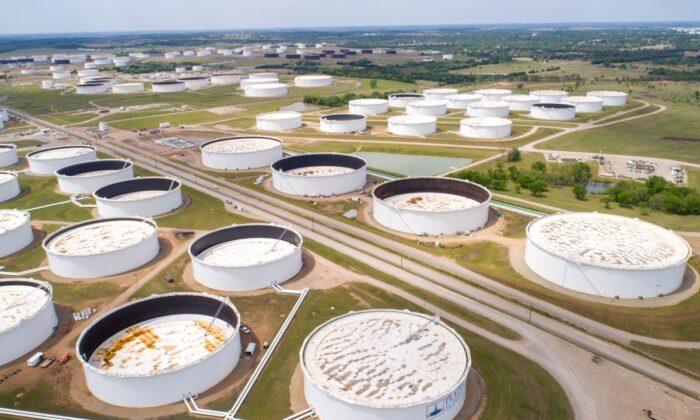TOKYO—Oil prices rose on Tuesday as analysts pointed to signs of U.S. supply tightness, ending days of losses as global markets remain haunted by the potential impact on China’s economy of a crisis at heavily indebted property group China Evergrande.
Brent crude gained 95 cents or 1.3 percent to $74.87 a barrel by 0645 GMT, having fallen by almost 2 percent on Monday. The contract for West Texas Intermediate (WTI), which expires later on Tuesday, was up 91 cents or 1.3 percent at $71.20 after dropping 2.3 percent in the previous session.
Global utilities are switching to fuel oil due to rising gas and coal prices, and lingering outages from the Gulf of Mexico after Hurricane Ada that imply less supply is available, ANZ analysts said.
“While slowing Chinese economic growth and uncertainty around the (U.S.) Fed’s tapering timetable weighed on market sentiment, other developments still point to higher oil prices,” ANZ Research said in a note.
Still, investors across financial assets have been rocked by the fallout from heavily indebted Evergrande and the threat of a wider market shakeout in the longer term.
“Evergrande’s woes are threatening the outlook for the world’s second-largest economy and making some investors question China’s growth outlook and whether it is safe to invest there,” said Edward Moya, senior market analyst at OANDA.
While that view of the state of China’s economy is weighing on markets, the U.S. Federal Reserve is also expected to start tightening monetary policy—likely to make investors warier of riskier assets such as oil.





